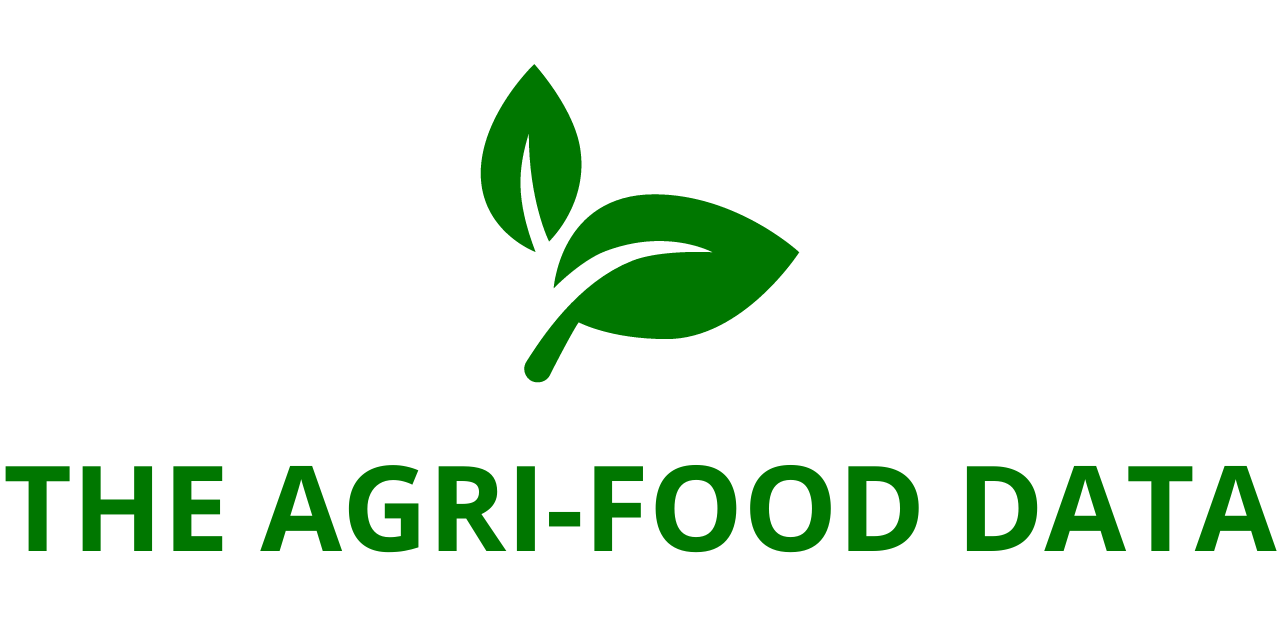
2025 South Africa Poultry & Egg Industry Report: Key Players Profiled
The comprehensive “Poultry and Egg Industry in South Africa 2025″ report, now available on ResearchAndMarkets.com, provides an in-depth analysis of South Africa’s dynamic and evolving poultry and egg sector. The report covers the entire value chain—from farming, breeding, and hatcheries to slaughtering, egg production, and the initial processing of poultry meat and egg products.
South Africa’s poultry industry is the backbone of the country’s animal protein supply, accounting for an estimated 65% of all animal protein consumed. Chicken and eggs are staple components in the South African diet, providing affordable and accessible nutrition to millions. With poultry overtaking other animal proteins in consumption, the industry’s role in food security, job creation, and rural development is increasingly vital.
Industry Overview
Despite economic challenges and biological threats, the South African poultry industry has shown resilience. The sector faced several headwinds in recent years, including outbreaks of Highly Pathogenic Avian Influenza (HPAI), global feed cost fluctuations, and infrastructural issues such as port delays and power outages. However, stakeholders have responded with determination—investing in new infrastructure, improving production efficiency, and adopting advanced biosecurity protocols.
In 2025, optimism is returning, supported by the stabilization of feed prices, improved loadshedding conditions, and forward-looking strategies by major producers. The South African Poultry Association (SAPA) reports significant investments by industry players to expand slaughter capacity and improve production processes. Nevertheless, the industry continues to face pressure from low-cost imports, particularly of brown meat and bone-in portions from countries like Brazil.
Market Trends
A number of key trends are shaping the future of the South African poultry and egg market:
- Technological Adoption and Automation: To enhance productivity and reduce labor costs, more producers are investing in automation—from mechanized slaughtering lines to smart monitoring systems in hatcheries.
- Sustainability and Environmental Responsibility: With growing global and local pressure to adopt eco-conscious practices, producers are increasingly focusing on waste management, energy efficiency, and water conservation. Sustainability is not only a regulatory requirement but also a consumer expectation.
- Improved Biosecurity Measures: In response to the recurring threat of avian flu, there is a noticeable shift from mass culling to vaccination strategies. These measures are coupled with enhanced sanitation, zoning, and tracking systems to contain outbreaks.
- Rising Export Potential: Although currently limited, poultry exports are gaining momentum as the country seeks new trade agreements and works to meet international health and safety standards.
- Traceability and Food Safety: With consumers demanding transparency, producers are investing in traceability systems that ensure food safety from farm to fork. This is especially important for retailers and quick-service restaurants serving health-conscious consumers.
- Health and Ethical Consumption: There’s growing demand for organic, free-range, and value-added poultry products, driven by consumer preferences for ethically produced and health-oriented food items.
- Shifts in Consumption Patterns: Poultry continues to replace red meat and other proteins in household diets. Notably, bone-in chicken cuts make up about 60% of domestic chicken demand, reflecting the budget-conscious nature of many South African consumers.

Market Opportunities
The future holds numerous opportunities for industry participants and investors:
- Advanced Processing and Packaging Solutions: New technologies are extending product shelf life, reducing waste, and improving packaging aesthetics—making products more competitive both locally and abroad.
- Product Innovation: The creation of value-added poultry products—such as ready-to-cook meals and marinated cuts—caters to time-strapped consumers seeking convenience without sacrificing nutrition.
- Growth in Niche Markets: The free-range and organic segment is growing steadily. This trend offers scope for diversification, particularly for smaller producers who can capitalize on premium pricing.
- Training and Capacity Building: By offering technical support and educational programs, the industry can bring new entrants—especially small-scale farmers—into the fold, helping to create a more inclusive and resilient sector.
- Biosecurity Services and Infrastructure: With diseases like HPAI presenting ongoing risks, there is strong demand for affordable, scalable biosecurity solutions, including disinfection systems, secure housing designs, and early detection technologies.
- Research and Development: Innovations in poultry genetics, nutrition, and disease resistance are essential for boosting productivity. Research into locally adapted breeds and cost-effective feed formulations is underway, with potential for significant impact.
Market Challenges
While the industry presents many growth prospects, several hurdles must be addressed to maintain momentum:
- Avian Influenza and Other Diseases: Disease outbreaks remain the most serious biological threat. Despite improvements in biosecurity, HPAI remains a persistent and unpredictable issue that can quickly devastate poultry flocks and disrupt supply chains.
- Import Competition: South Africa continues to face stiff competition from imported poultry products, especially from countries with more cost-effective production systems. These imports can undercut local producers, putting pressure on margins and market share.
- Regulatory Compliance: Meeting the stringent health, safety, and environmental regulations is a continuous challenge. Producers must also navigate animal welfare requirements and international export standards to access new markets.
- Price Volatility: The poultry industry is sensitive to feed price fluctuations, which are often influenced by global grain markets. This, coupled with uncertain consumer demand and competitive pricing pressures, can significantly affect profitability.
Key Industry Players
The report features detailed profiles of 20 notable companies active in the South African poultry and egg space. These include major vertically integrated corporations such as:
- Astral Foods – One of the largest integrated poultry producers in South Africa.
- RCL Foods – A diversified food producer with strong presence in poultry and animal feed.
- Quantum Foods – Active in animal feed, broiler and egg production.
- Country Bird Holdings – A major player in broiler production and processing.
Additionally, the report profiles ostrich producers like Cape Karoo and leading egg suppliers such as TopLay and Alzu Eggs, which have carved a niche in specialty and value-added egg products.






